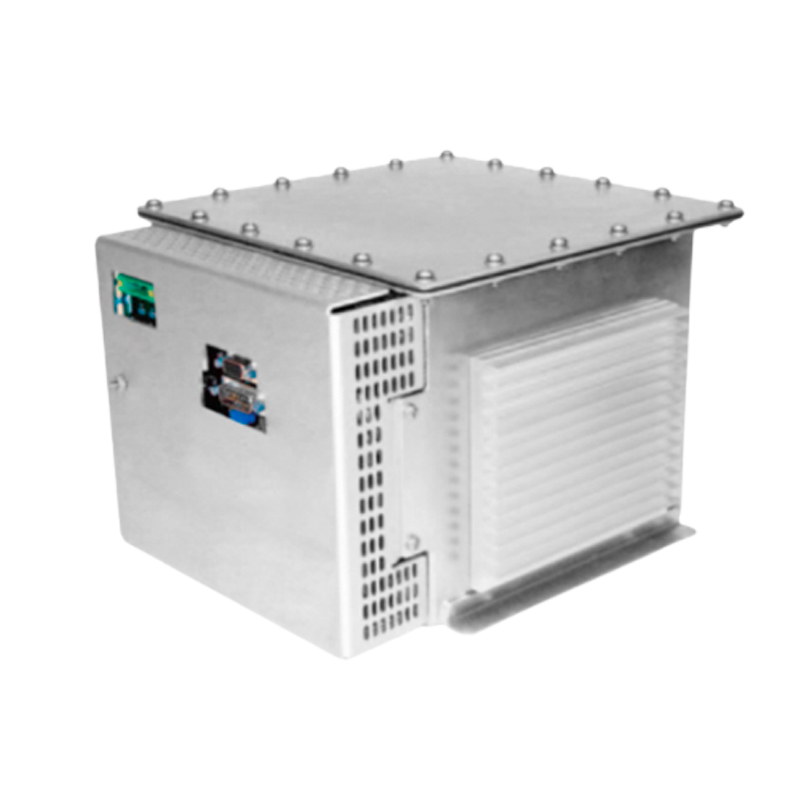Efficiency Improvement of High-Frequency Switching Regulated Power Supplies: A Multidimensional Technical Analysis
As a core component of modern power electronics systems, the efficiency of high-frequency switching power supplies directly impacts equipment energy consumption, thermal management, and reliability. With increasingly stringent energy standards (e.g., ENERGY STAR), efficiency optimization requires multidisciplinary innovations in circuit design, control strategies, thermal management, and more. Key technical pathways are analyzed below:
1. Circuit Design Optimization
1. Topology Selection
Different topologies exhibit significant efficiency variations. Flyback structures are simple and low-cost but suffer from poor light-load efficiency; Forward topologies achieve higher efficiency in low-to-medium power applications (reducing copper loss by ~30%), while Half-Bridge/Full-Bridge topologies suit high-power scenarios, minimizing switching loss and improving voltage utilization. Selection must balance power rating, cost, and efficiency targets.
2. Semiconductor Innovations
Wide-Bandgap Devices: SiC MOSFETs and GaN transistors feature low gate charge (Qgd) and on-resistance (Rds(on)), reducing switching losses by >50%. For example, SiC devices exhibit a reverse recovery time only 1/5 of silicon-based counterparts, significantly curbing diode recovery loss.
Synchronous Rectification: Replacing Schottky diodes with low Rds(on) MOSFETs cuts conduction voltage drop from 0.4–1V to <0.1V. In 1.5V output scenarios, conduction loss decreases by 33%.
3. Transformer and Magnetic Design
Low-loss core materials (e.g., ferrite or nanocrystalline) reduce hysteresis loss by 20–30%;
Winding structures must balance leakage inductance and parasitic capacitance: Litz wire suppresses eddy current loss, while optimized primary turns minimize core volume.
2. Control Strategy Innovations
1. Soft-Switching Techniques
Zero-Voltage Switching (ZVS) and Zero-Current Switching (ZCS) leverage resonant circuits to switch transistors at voltage/current zero-crossing points, eliminating overlap loss during transitions. Experiments show ZVS reduces MOSFET turn-off loss by 60%.
2. Multimode Dynamic Switching
PWM-PFM Hybrid Control: Fixed-frequency PWM ensures stability at heavy loads, while Pulse Frequency Modulation (PFM) at light loads reduces switching cycles, boosting standby efficiency beyond 90%;
Burst Mode: Skips inactive cycles at ultra-light loads but requires careful management of output ripple and transient response.
3. Digital Control Algorithms
Microprocessor-based adaptive algorithms dynamically adjust duty cycle and frequency. For instance, dead-time optimization based on load current variations reduces shoot-through loss.
3. Thermal Management and Parasitic Parameter Control
1. Advanced Cooling Solutions
Integrated heat spreaders (e.g., IMS) and heat pipes lower thermal resistance by 15–20%;
Intelligent thermal throttling reduces frequency when temperature exceeds thresholds to prevent thermal runaway.
2. PCB Layout and Parasitic Suppression
Multilayer boards with shortened power loops decrease parasitic inductance (switching voltage spikes drop by 30%);
Low-ESR ceramic capacitors for input/output filtering and optimized layout suppress high-frequency ripple.
4. Future Challenges and Directions
Although current technologies achieve >95% efficiency, light-load harmonic noise, multi-output coupling interference, and high-temperature reliability remain unresolved. Next-generation advancements will focus on:
3D integrated packaging (minimizing parasitics);
AI-driven predictive control;
Novel magnetic composite materials.
Conclusion
Efficiency improvement in high-frequency switching power supplies demands system-level integration of circuit design, control algorithms, and thermal management. Through topology optimization, wide-bandgap device adoption, and hardware-software co-design, we not only meet green energy standards but also pave the way for sustainable high-density power systems.




















